

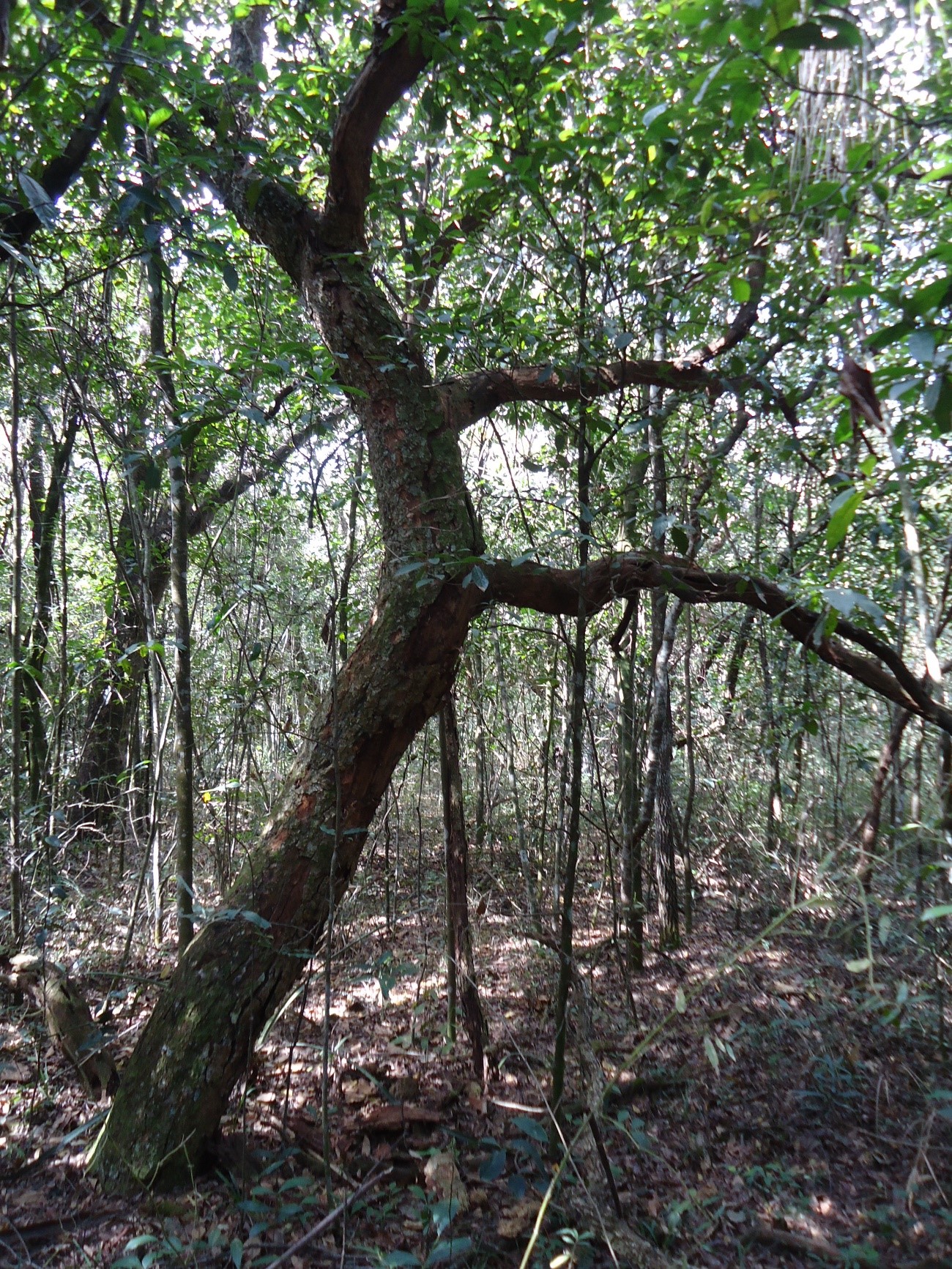
A study conducted over a period of 14 years in the Brazilian savanna-like biome shows its typical vegetation rapidly becoming ‘cerradão’ – a biodiversity-poor forest formation – while resistance to drought and wildfires weakens.
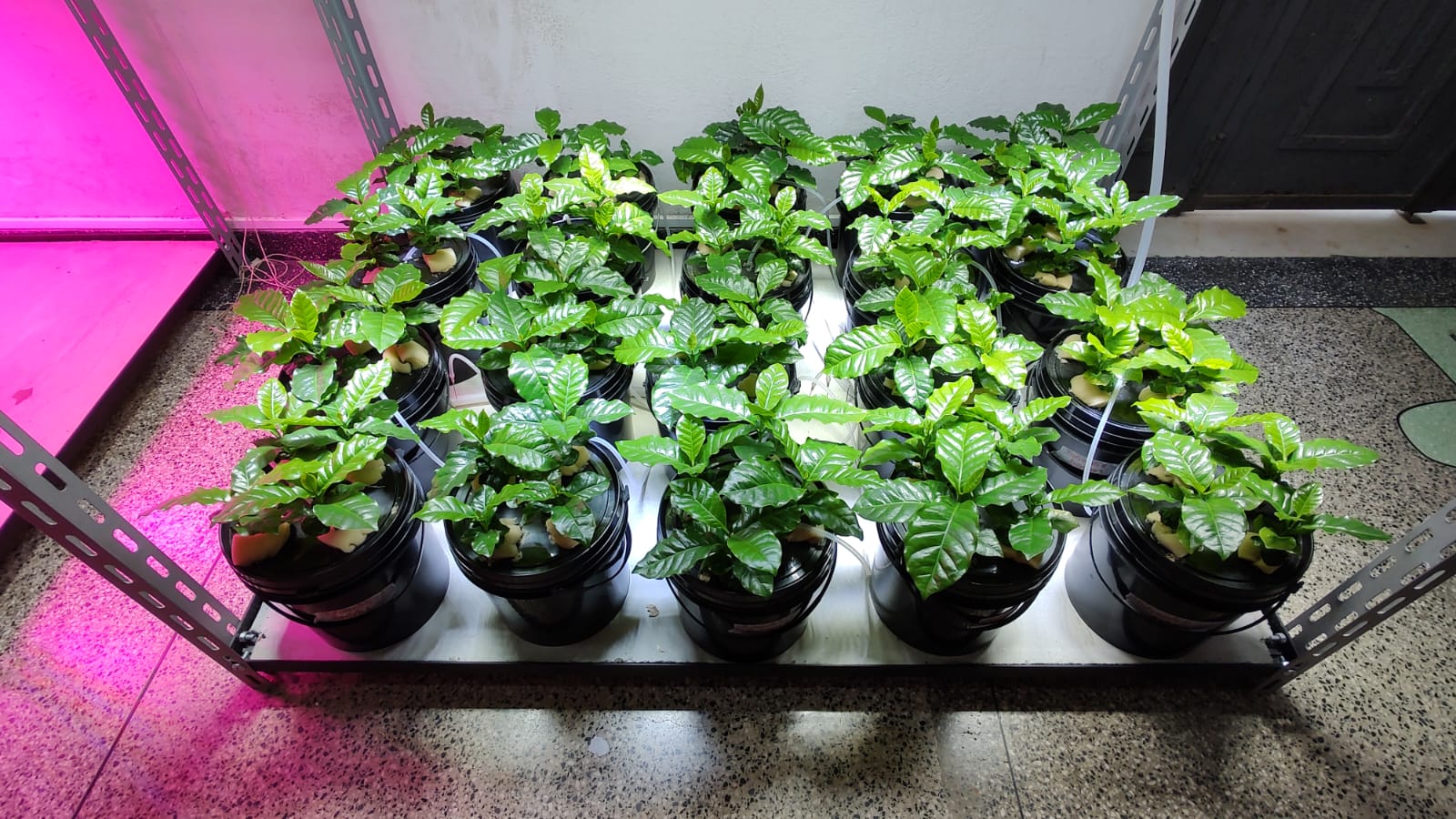
The work makes it possible to tell the story of the fusion of genomes that gave rise to the world’s most consumed species, as well as identifying genes responsible for resistance to rust and other diseases.
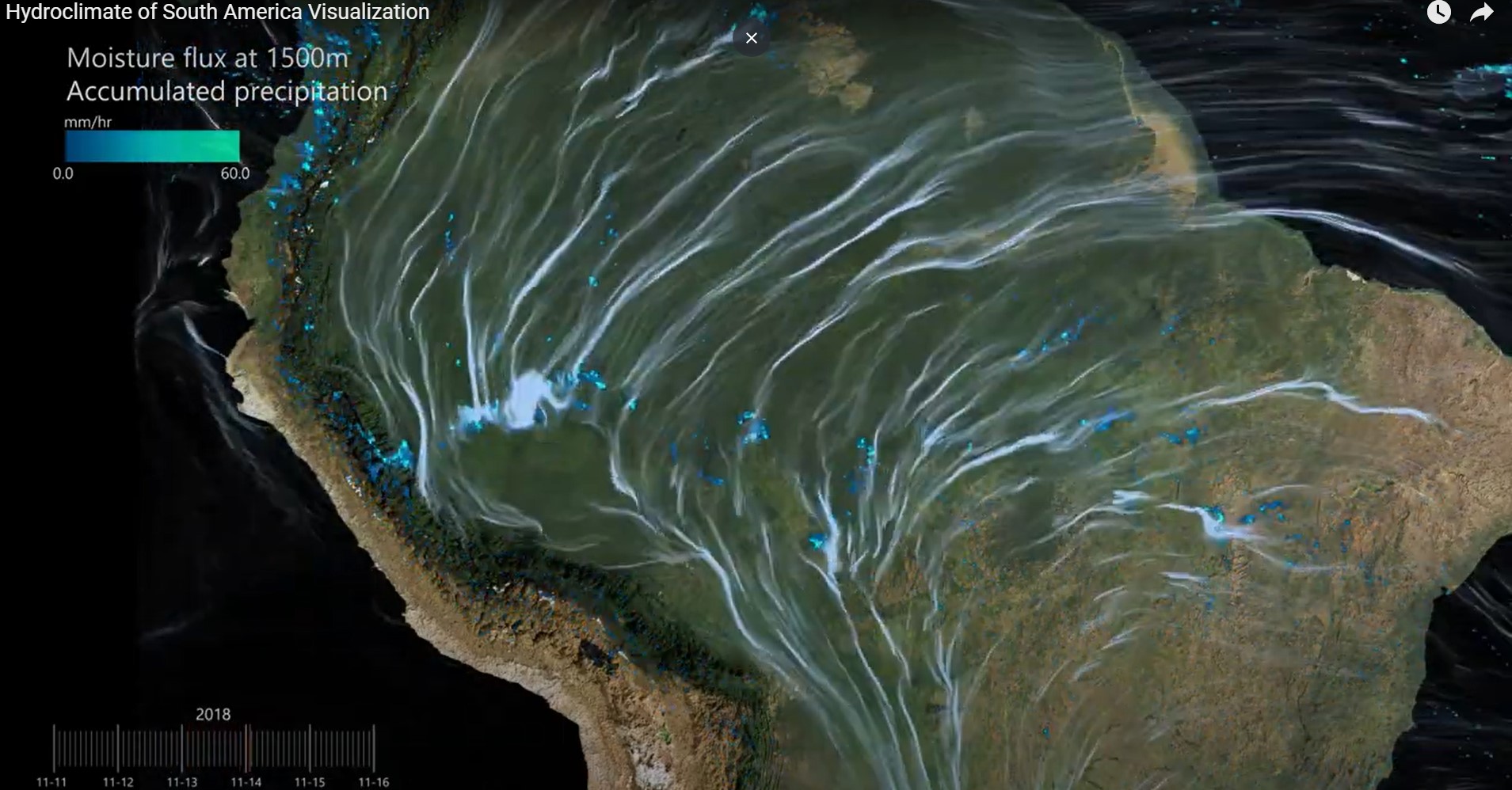
The aim is to create a computer visualization model that more accurately represents the hydroclimatic processes that occur in the region and to support climate change adaptation measures; the initiative was presented during FAPESP Week Illinois.
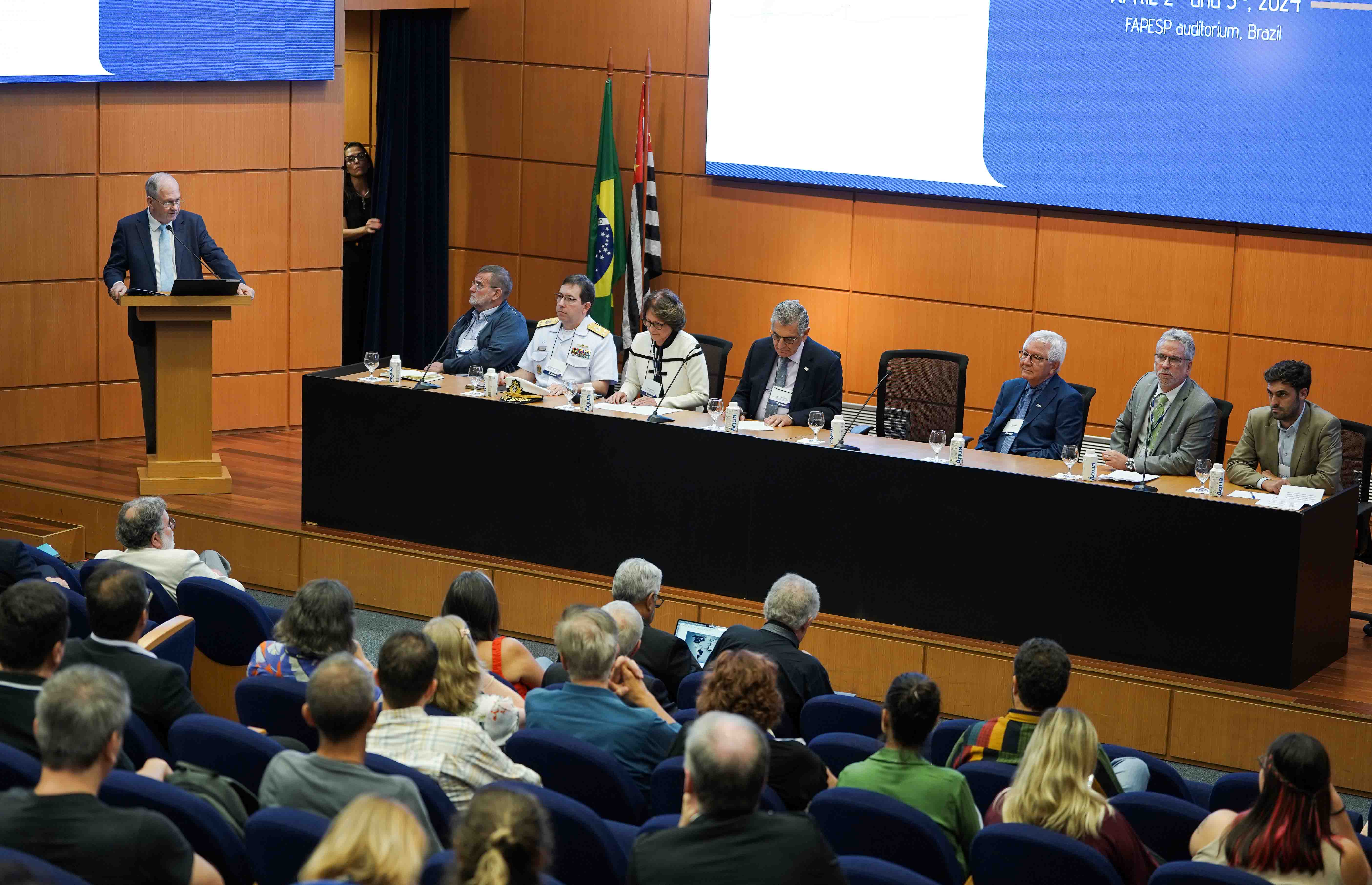
Launched on April 2 at FAPESP, the program will initially involve researchers from Brazil, Argentina and France.
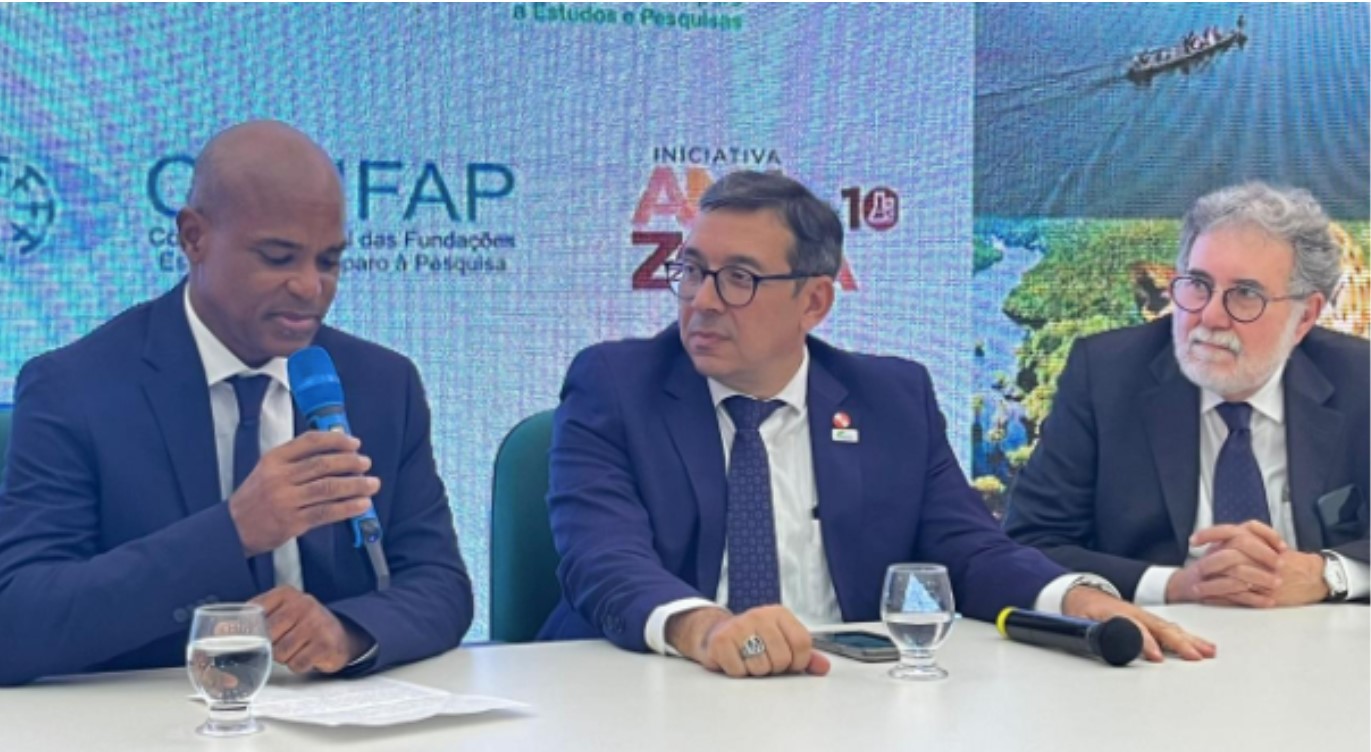
An agreement to this end was signed in Belém in the Brazilian Amazon during the visit of French President Emmanuel Macron and Laurent Linguet, President of the University of French Guiana. The aim is to foster international cooperation that furthers the development of the Amazon region.
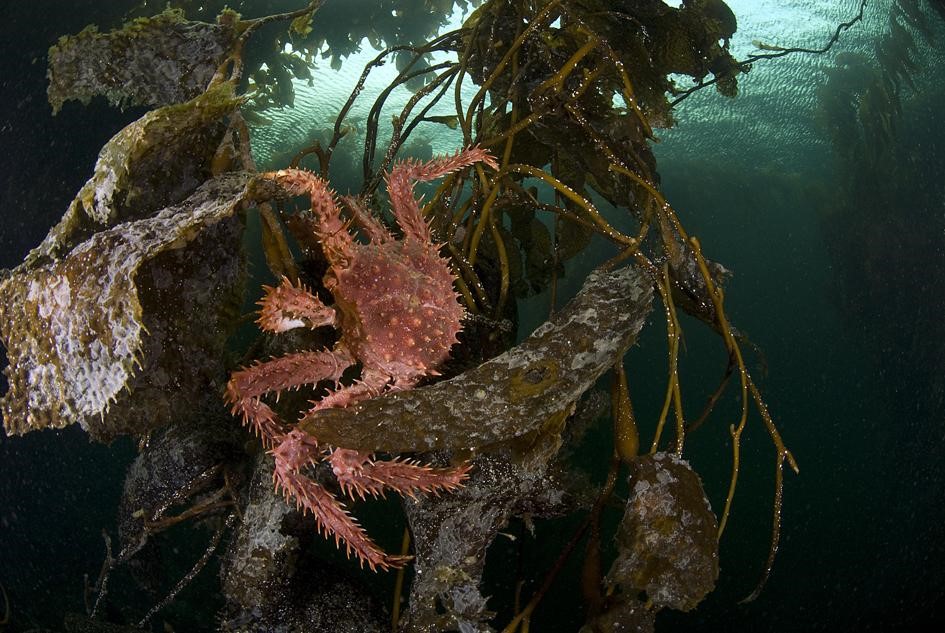
Working in partnership with scientists at the University of Magallanes in Chile, Brazilian researchers are conducting studies of the Chilean subantarctic region.
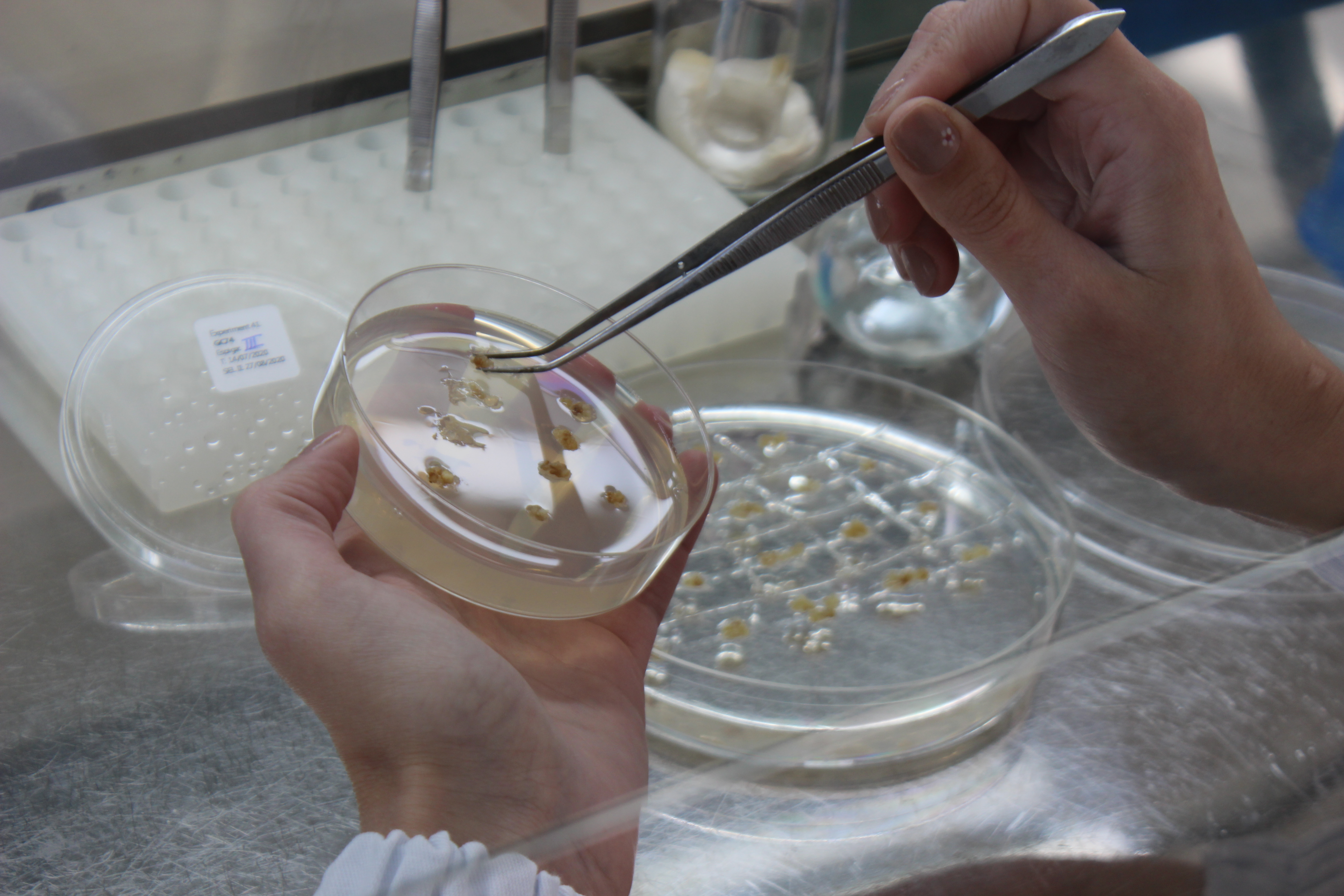
Three of the five tropical strains were successfully transformed using the morphogenic gene expression strategy, achieving efficiency rates three times higher than the average of the protocols.
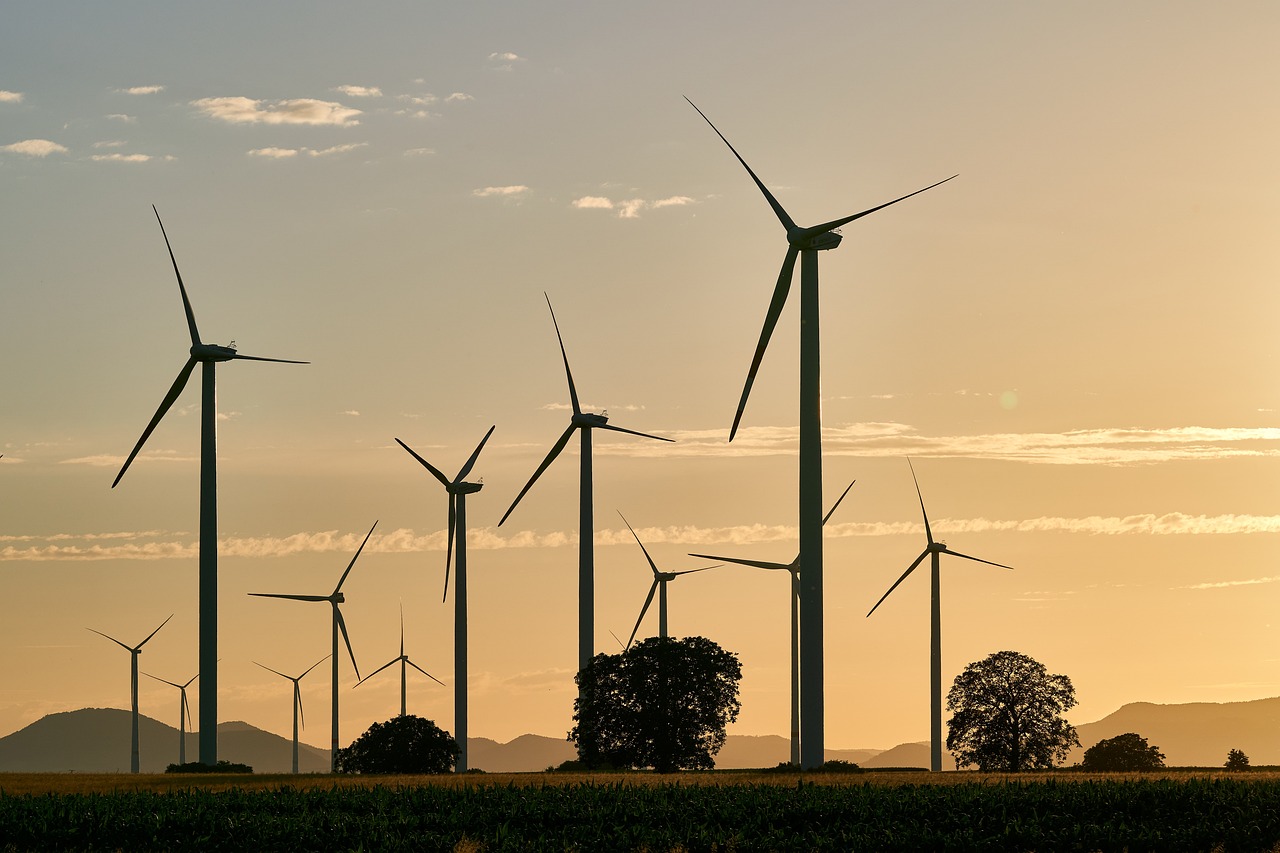
The Global Technology Hub, launched at COP28, will promote decarbonization projects and financing. The goal is to enable developing countries to achieve net-zero emissions.
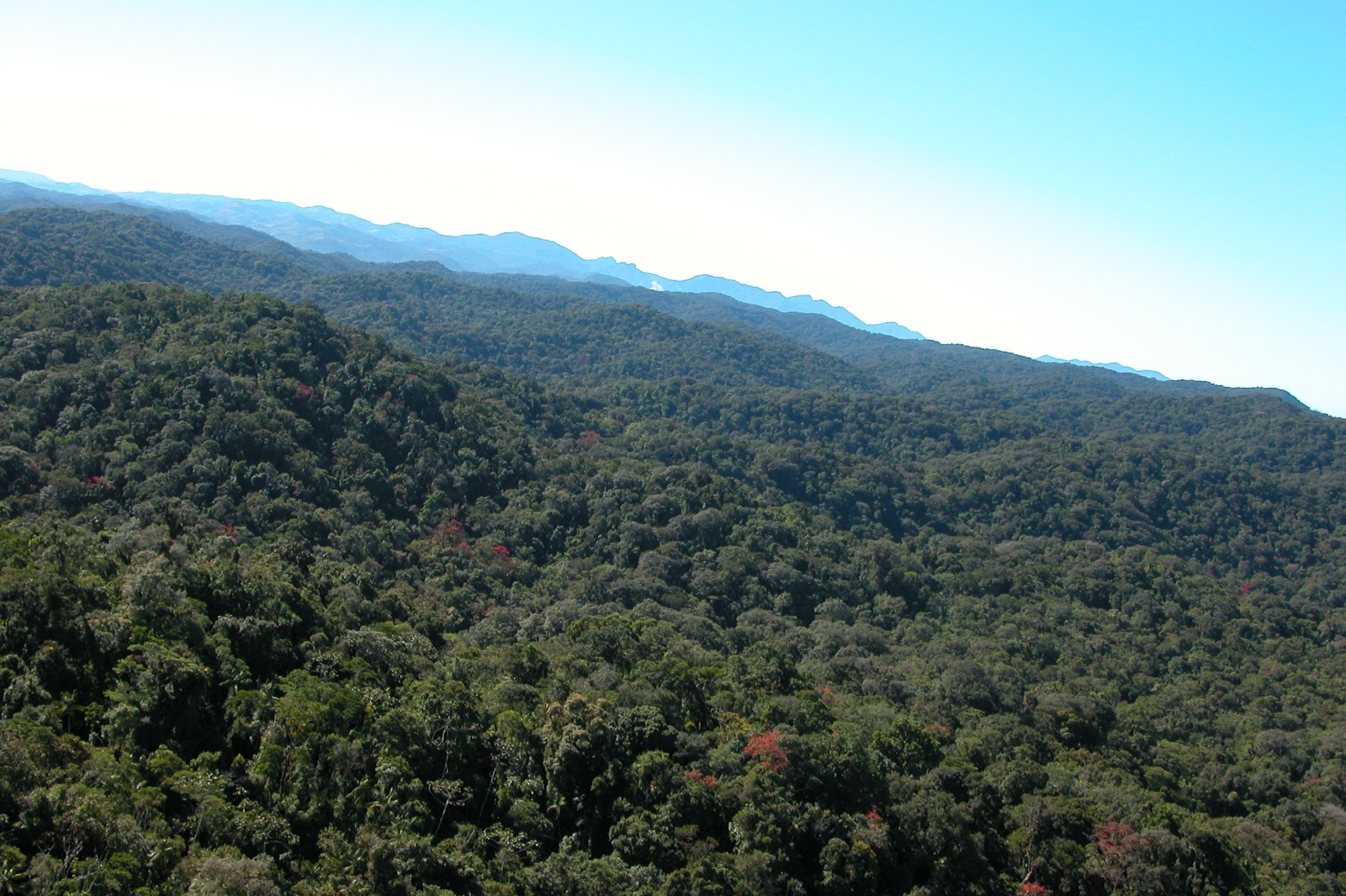
Farmers in the Paraíba Valley region of São Paulo state received economic incentives such as payment for environmental services to adopt conservation practices and protect native vegetation.
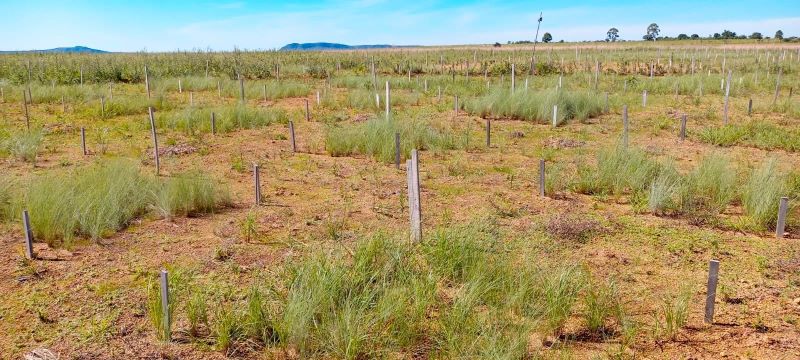
A research project led by the State University of Campinas investigated how manipulation of native species in this Brazilian savanna-like biome can prevent reinvasion of restored areas by exotic grasses. The results emphasize the importance of fostering species diversity.
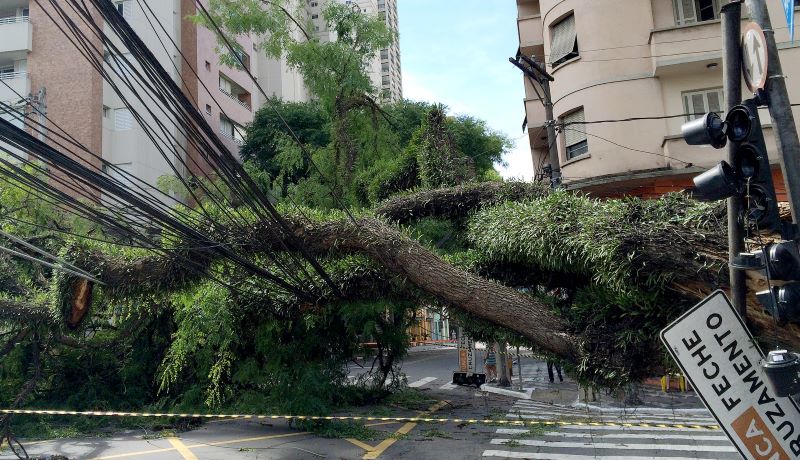
A study of the São Paulo city center in Brazil proposed guidelines and specified stakeholder roles for reducing the number of tree failures, which average 2,000 per year there.
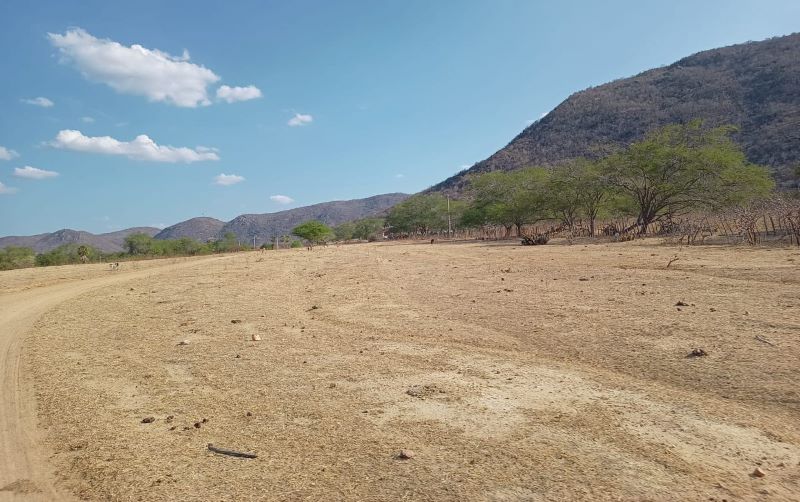
Bacteria, fungi and archaea living in the soil provide several ecosystem services, including carbon storage, and help restore native characteristics. The result contributes to advances in sustainable agriculture, one of the key points for this year’s G20 meetings.
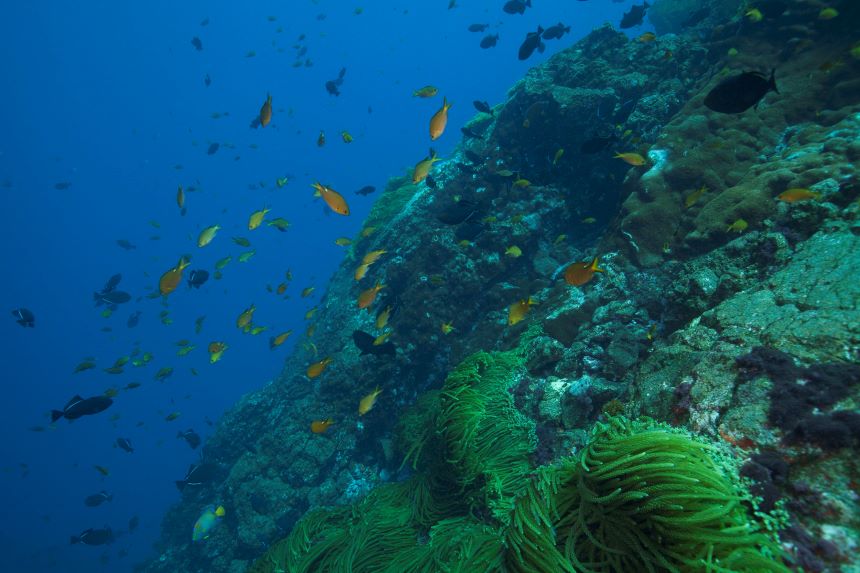
The report was written by 53 academic and government specialists, 12 young researchers, and 26 representatives of Indigenous and traditional communities. It aims to be useful to policymakers and to raise the general public’s awareness of the importance of protecting the ocean and coastline.
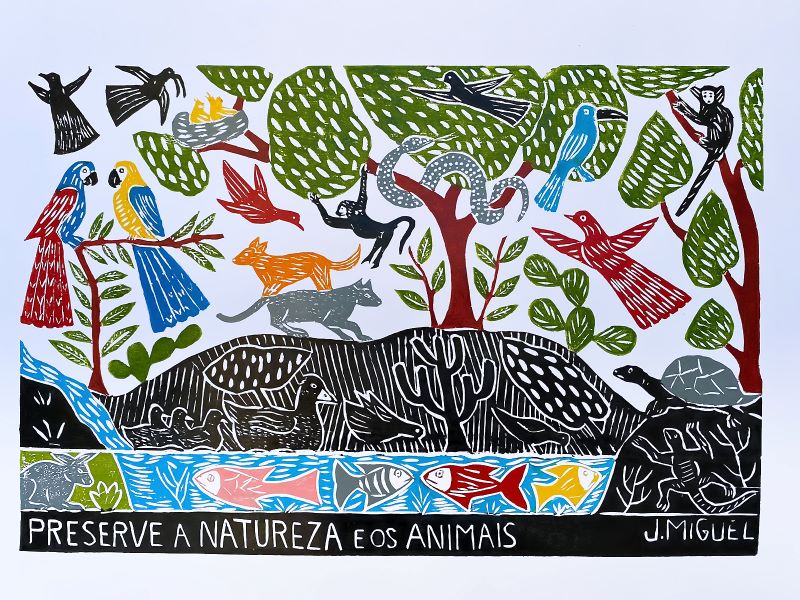
The event, which is supported by FAPESP, is for young researchers and environmental technicians. Thirty applicants from Brazil and 30 from other countries will be selected.
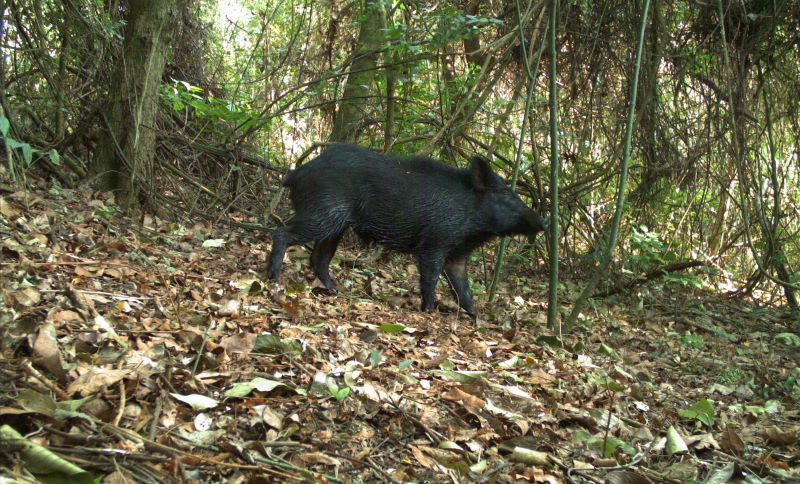
Considered an invasive species, Sus scrofa causes damage to farmers in an important part of Brazil’s savanna-like biome. The researchers analyzed 55 landscapes in São Paulo state, observing larger numbers of native mammals in areas with well-conserved vegetation and diversified crops, while native species richness was far lower in areas of monoculture.
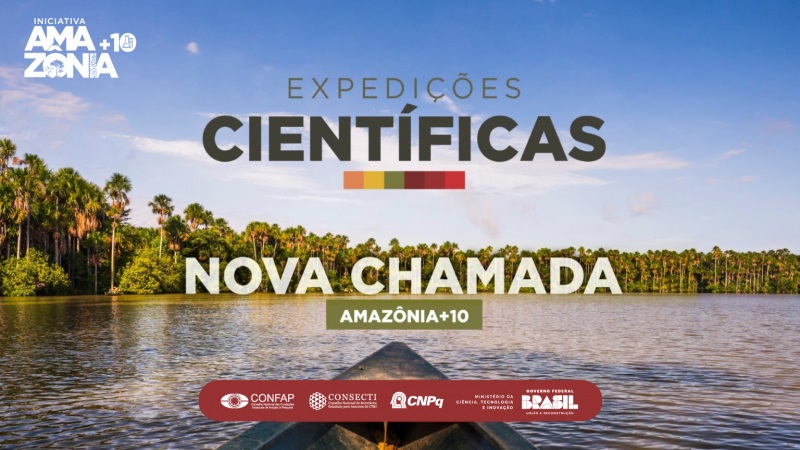
With the new contributions from abroad, the Scientific Expeditions call, issued in partnership with the National Council for Scientific and Technological Development, now has a fund totaling some BRL 94 million.
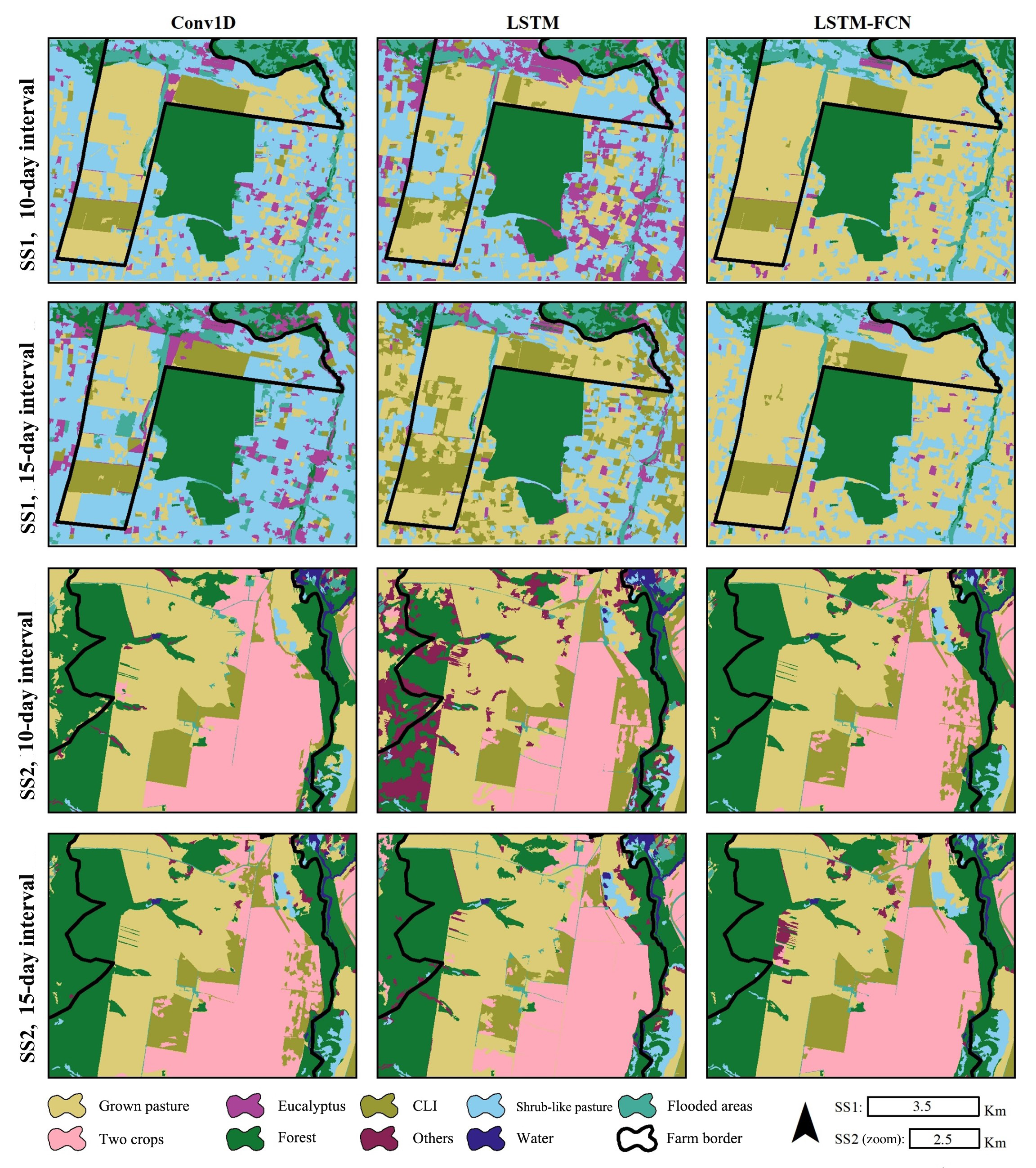
The study, which was conducted by Brazilian researchers, supports sustainable agriculture and offers contributions to public policy formulation.
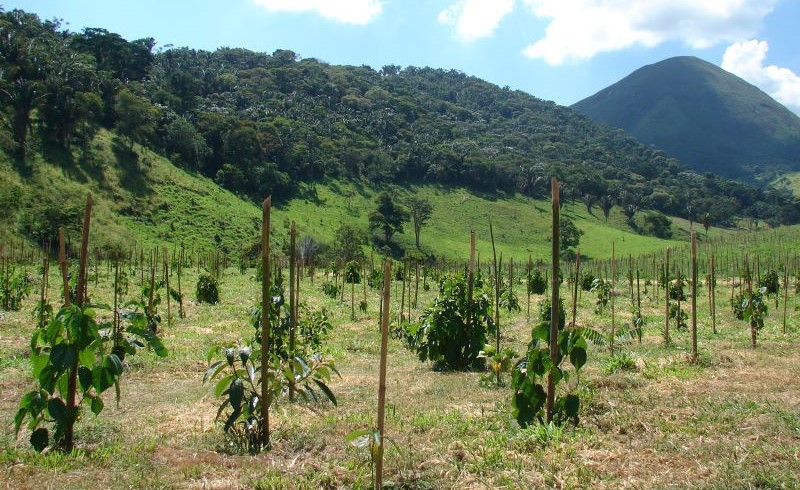
The study analyzed data for 13 Atlantic Rainforest restoration areas involving ten species of native trees that could be commercially useful to the timber industry. Publication of the findings comes during the UN Decade on Ecosystem Restoration.
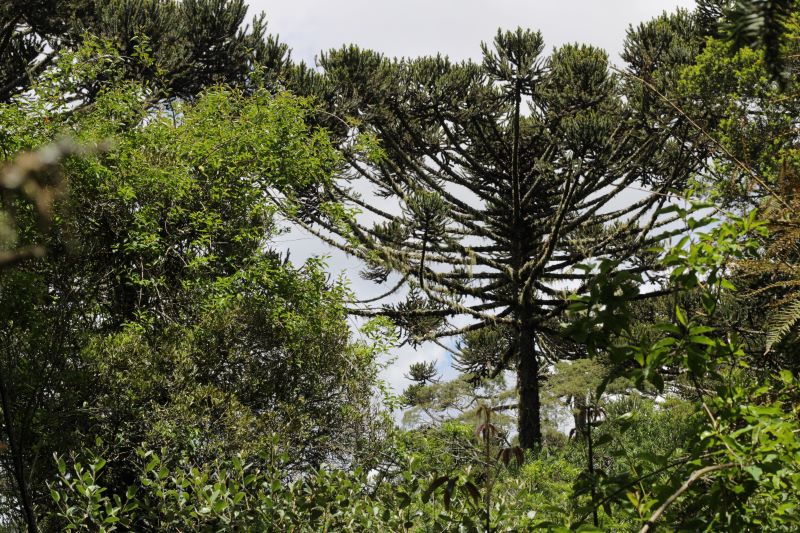
A study published in the journal Science shows for the first time the degree of threat to all tree species in the biome, classifying 65% as vulnerable or endangered to some extent. According to the authors, their findings are conservative – the actual situation could be even more alarming.
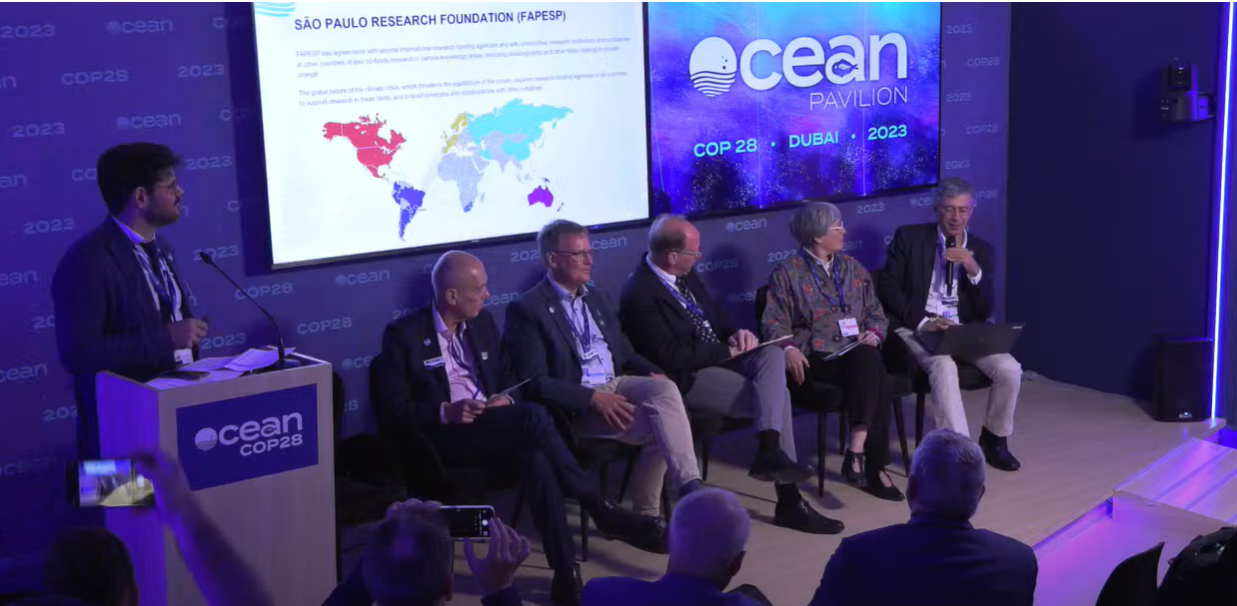
The International Panel for Ocean Sustainability (IPOS) will translate scientific information into policymaking decisions that help protect the world’s oceans.
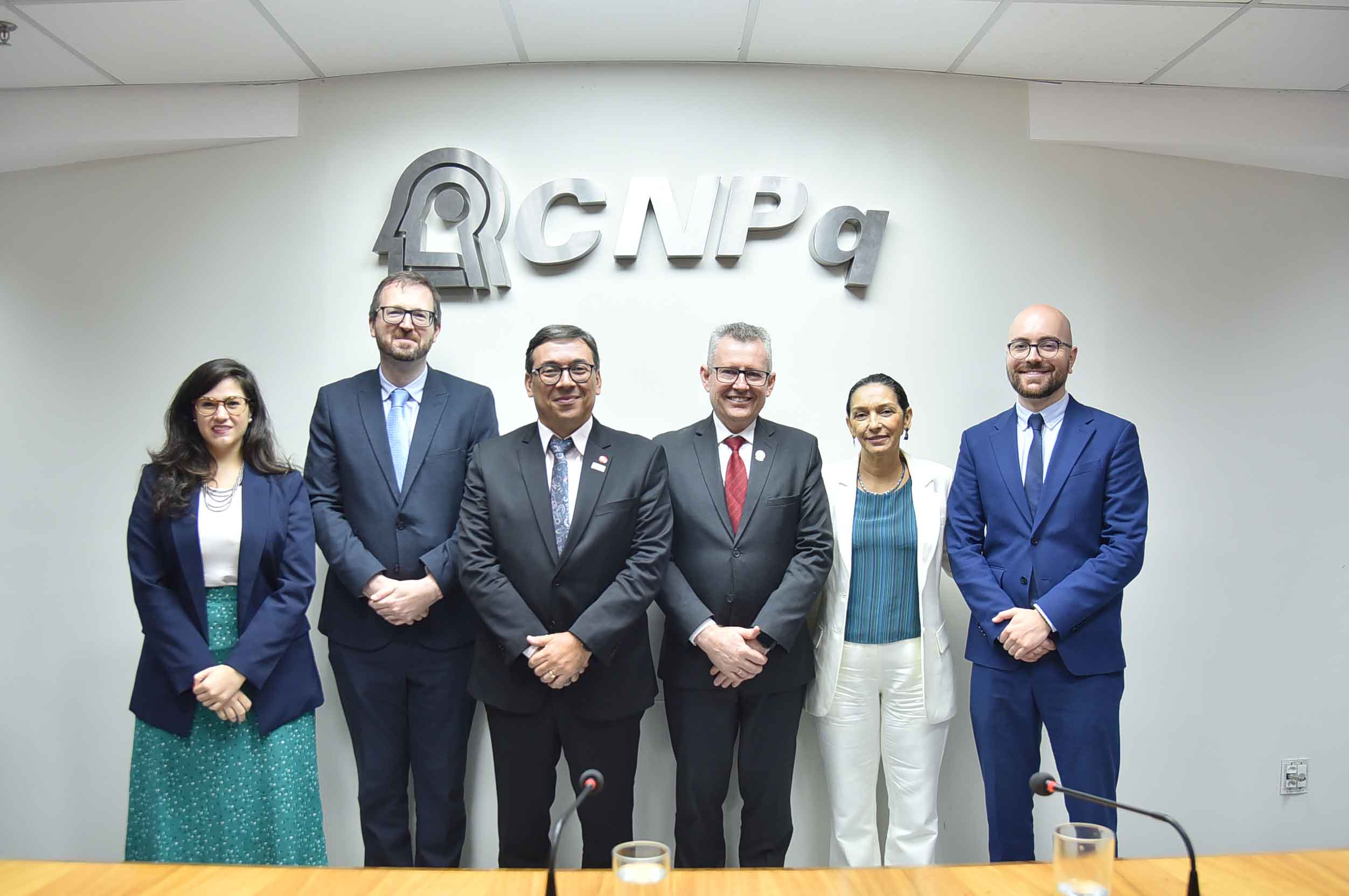
The funding will be for scientific expeditions under the current call for proposals which is taking applications until April 29, 2024.

Agrosmart, a startup based in São Paulo state, presented its portfolio of solutions during COP28, the UN Climate Change Conference held in Dubai.
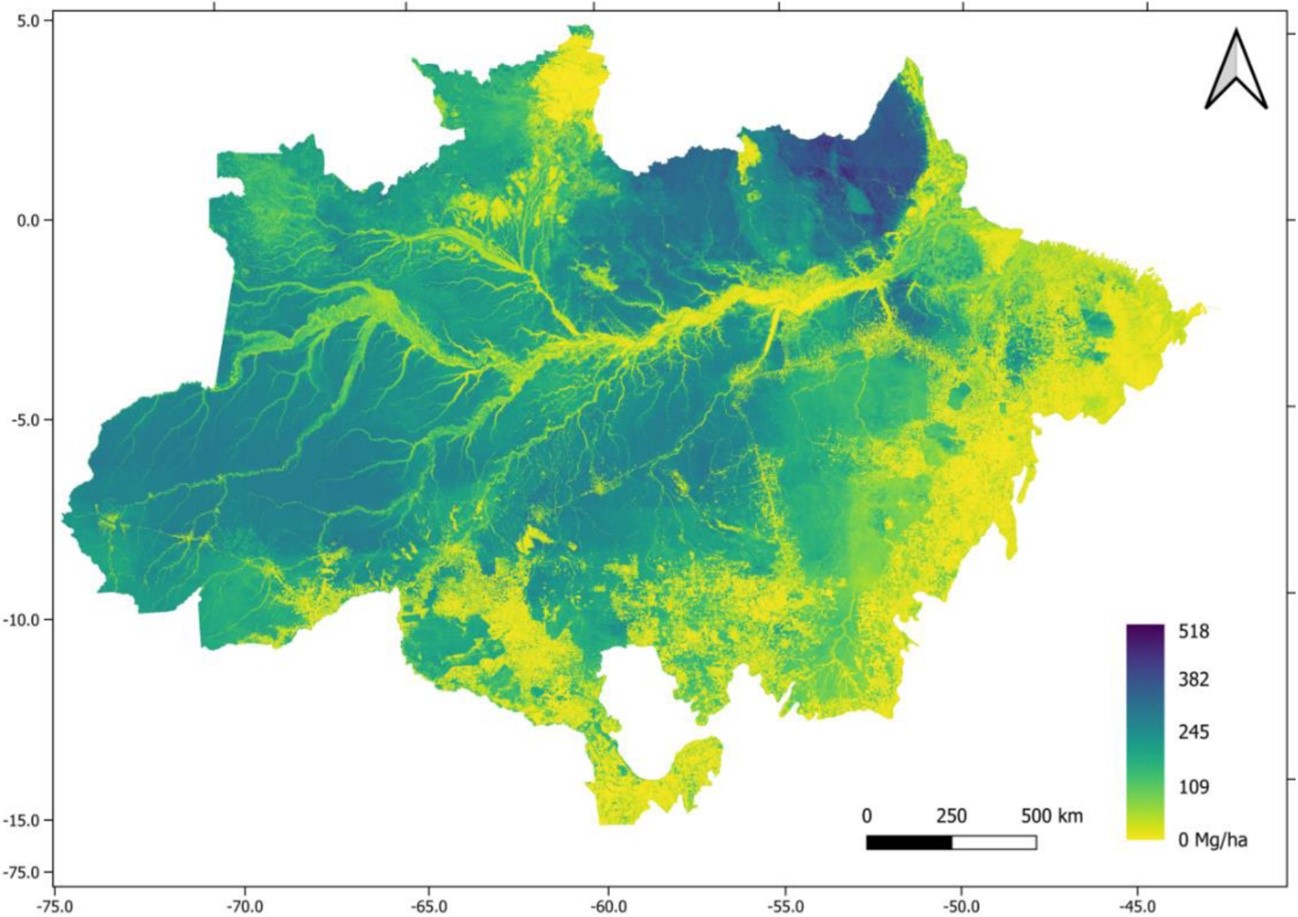
The map is derived from a study conducted by researchers at Brazil’s space research institute and collaborators, and combined airborne laser scanning, satellite imagery and forest inventories. The results will support planning, conservation and sustainable management decisions.
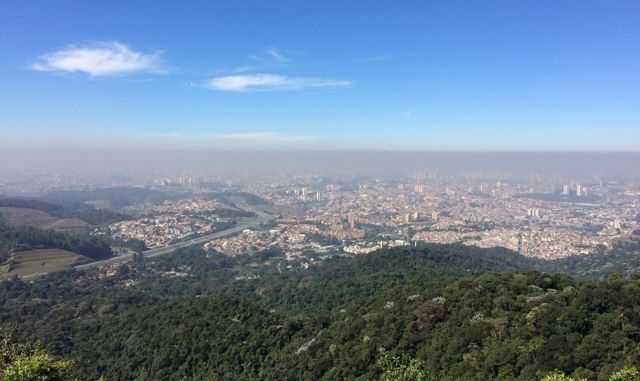
Brazilian researchers analyzed air pollution in metropolitan São Paulo in 2019-20 when mobility restrictions and social distancing applied in the southern hemisphere’s largest city. Even so, the daily average exceeded the World Health Organization’s air quality standard on 75 days.
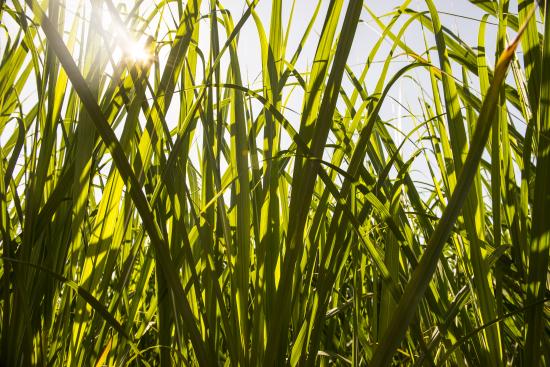
The Center for Carbon Research in Tropical Agriculture (CCARBON) is a Research, Innovation and Dissemination Center (RIDC) supported by FAPESP and hosted by the University of São Paulo’s Luiz de Queiroz College of Agriculture (ESALQ-USP). It was officially launched on November 17 and aims to make food, fiber and energy productivity part of the solution to the climate crisis.